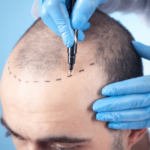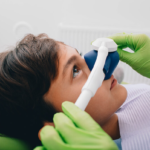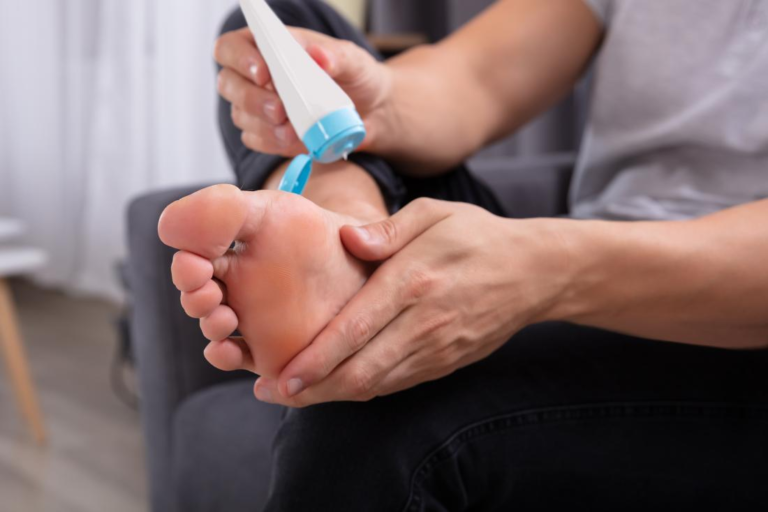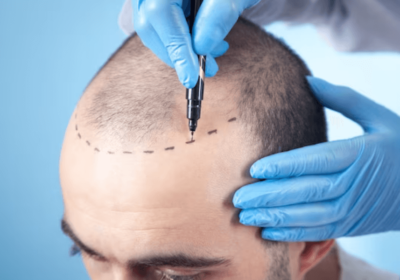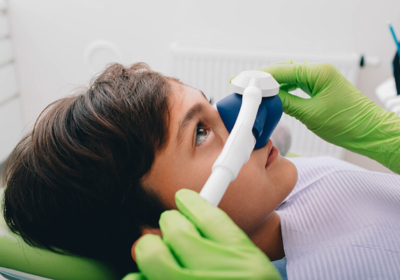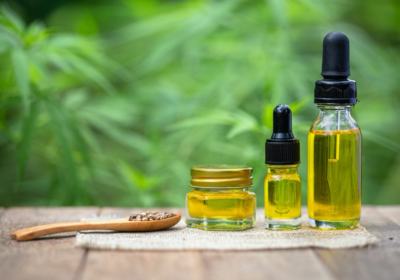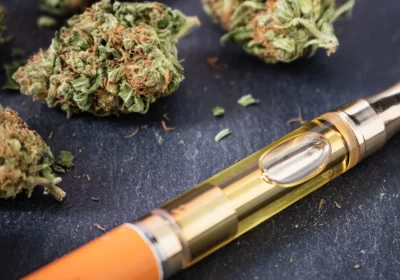
Mold Toxicity Treatment Centers
Toxic mold is a serious health issue, but there are mold toxicity treatment centers in major cities, like Dallas, throughout the U.S. You can find out what the symptoms are, how to identify mold toxicity, and where to find a treatment center near you. Read on to learn more. Also, you can learn about the different types of treatment options for mold toxicity.
Symptoms of mold toxicity
Mold toxicity is a common and potentially dangerous health condition. It occurs when a genetically susceptible person is exposed to toxic mold spores in a water-damaged building. This toxicity results in a multisystem illness, characterized by inflammation and a breakdown of the body’s ability to eliminate the toxins. Symptoms of mold toxicity can range from mild to severe and can vary from person to person. However, they can be easily misdiagnosed or unrecognized by medical practitioners.
If you suspect you have a mold toxicity condition, it’s best to see a medical professional. A healthcare provider is trained in treating toxic mold illness, and can conduct a thorough physical exam. They may also recommend blood tests, urine tests, and saliva samples.
Treatment options for mold toxicity
The first step of treating mold toxicity is to identify and remove the source of exposure. This step is vital because it will help eliminate the toxicity that comes from mold exposure. Some people skip this step, but it’s common sense. If you suspect that you’ve been exposed to mold, it’s important to get medical help as soon as possible.
The causes of mold toxicity are varied. They can include a water-damaged building, an open window, or a water heater. When these conditions occur, the presence of a fungus can result in an overgrowth of mold, which can affect your health. Some individuals are also genetically predisposed to mold.
The symptoms of mold toxicity can be difficult to recognize, and it’s important to be aware of what your symptoms mean. Some people have few or no symptoms at all, and they may simply be allergic to mold. However, you can still suspect that you’ve been exposed to mold if you notice a musty odor in your home or see signs of water damage, such as a leaky roof. If you have several symptoms, the problem may be more severe than you think.
Locations of mold toxicity treatment centers in major cities in the U.S.
As a major health problem, mold is a growing concern. It releases microscopic particles into the air that can be drawn into the lungs and sinuses. People can also be exposed through skin and other openings. However, exposure through the air is the most common route of exposure. Symptoms of exposure include headaches, brain fog, and itchy rashes. In some cases, mold may also trigger dormant illnesses like Lyme disease.
When floodwaters cause water damage to homes and buildings, they can cause mold growth. During major storms, such as hurricanes Katrina and Rita, homes and buildings can be submerged for weeks. A recent assessment of homes in New Orleans showed a 46% mold contamination rate. The city’s surrounding parishes saw a similar level of contamination, with over 40,000 homes showing high or moderate mold growth.
There is no consensus on what the safe mold exposure limit should be. However, the government and public health agencies should closely monitor trends in cases of mold-related illnesses.

